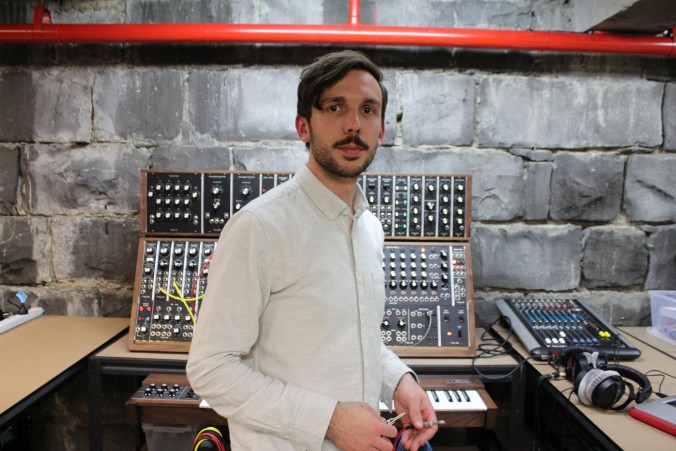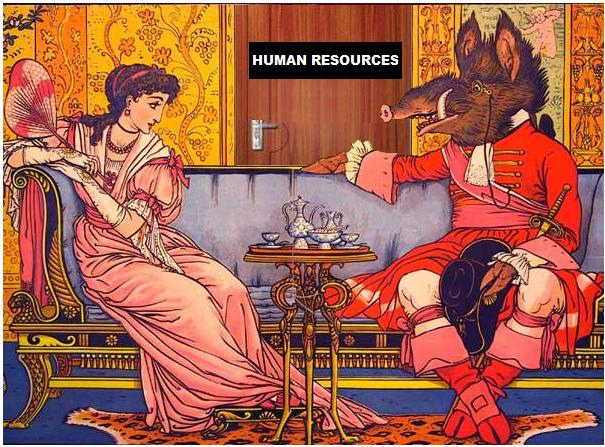This is a post all about feeeeedback, not musical feedback, which I do love, but video feedback, but not video feedback in the new wave art form sense, but literal feedback on peoples videos, well not videos, it is the 21st century, but feedback on their short films. We got there in the end.
Nicole Tsolakkis – Fatherhood
http://www.mediafactory.org.au/nicole-tsolakkis/
The first thing you notice about this creative portrait is the immediate impact it has; the close-up shot staring straight into the google eyes of the gorgeous Stella is a great starting point. It was a nice touch going from Stella’s happy eyes to the hard hitting story of Andy own’s childhood. This gives us great insight into his character as well as shows us the dedication he has to providing for Stella and making sure she’s happy. Andy says that the most important aspect of his parenting style is “just being there” and you can see that he really means it. As Andy talks about Stella’s interests we get to see shots of her ‘drumming’ and ‘playing tennis’ with an ironically, oversized tennis racket, it’s nice to see Andy bonding with Stella in this light hearted comical way. Andy then tells us of his family’s “Cypriot superstitions: when Stella crosses her legs it means she wants a sibling”, Andy then says “maybe one or two” then the piece finishes. All in all you really leave the piece feeling like you’ve got to know Andy and Stella which is ultimately what the piece set out to achieve.
Eve Gailey – Rennie: Conserving Our Natural Landscape
http://www.mediafactory.org.au/eve-gailey/
Eve’s portrait of Rennie takes after my own heart. Rennie is a young woman who grew up on a farm in the Northern Rivers of NSW. She speaks of her family farm and the days she spent playing down at the creek at the back of her place, suggesting to us that this is where her appreciation for the environment came from. My own mother grew up on a rural dairy farm in New Zealand and throughout my childhood had a passionate relationship with plants (being a horticulturist) and always attempted to protect the environment in anyway she could. Eve’s portrait does a great job of exploring the elements of Rennie’s childhood that helped shape her into the person she is today and makes it clear that what we are exposed to as children often impact our thoughts as adults. Eve uses found footage well to illustrate the beauty of the natural environment that Rennie talks about, showing us as viewers why Rennie is so passionate. After viewing Eve’s creative portrait you get a strong sense of Rennie’s character; she’s an intelligent, passionate, well rounded person who’s attempting to undo the wrongs of previous generations.
Rory Pogson –
http://www.mediafactory.org.au/rory-pogson/
Rory showed us what he had so far of his creative portrait, which was an entertaining conversation with his grandfather detailing his life story thus far. Rory’s grandfather is the kind of grandfather you wish was your own. Rory did well to edit down a 60 minute phone conversation into a 3 minute video and you really feel that you got to hear all the best points. Some of the highlights include Rory’s grandfather getting a job as a jockey, then asking for a raise, being refused one and telling them to screw off, this was cleverly matched with some footage of an old dude giving someone the finger. You can really see that Rory’s grandfathers sense of humour has been passed down.. Rory’s grandfather also states “2 weeks is a long time in between drinks” as he reminisces on a drinking tale that explains how he got to Sydney in a random man’s beat up car. I really would love to see Rory’s completed project as I think it had great spirit and energy and I think he’s done a really great job so far.
Catch you later,
Louise Alice Wilson






Recent Comments